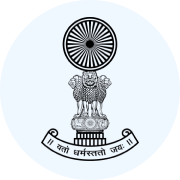|
Malfeasance involves performing an unlawful act, while nonfeasance refers to failing to act when there is a legal obligation to do so. |
Card: 6 / 22 |
|
True or False: In tort cases, the motive behind the wrongful act is usually irrelevant. |
Card: 7 / 22 |
|
True; motive is often not a significant factor in determining liability in tort cases. |
Card: 8 / 22 |
|
A voluntary act in torts implies an intentional action that leads to harm, as opposed to an accidental or involuntary act. |
Card: 10 / 22 |
|
Fill in the blank: The law of tort is continually evolving with the addition of new ___ according to Winfield. |
Card: 11 / 22 |
 Unlock all Flashcards with EduRev Infinity Plan Starting from @ ₹99 only
|
|
A tort primarily affects private rights of individuals, while a crime has repercussions that extend to society as a whole. |
Card: 14 / 22 |
|
True or False: Recovery in tort law involves punishment of the wrongdoer by the state. |
Card: 15 / 22 |
|
False; recovery in tort law involves seeking compensation from the wrongdoer rather than state-imposed punishment. |
Card: 16 / 22 |
|
In rem rights relate to torts.
|
Card: 18 / 22 |
|
True or False: Torts require free consent for their validity, similar to contracts. |
Card: 19 / 22 |
|
Negligence plays a crucial role in tort law as it represents a breach of duty that leads to harm, allowing the injured party to seek compensation. |
Card: 22 / 22 |




















